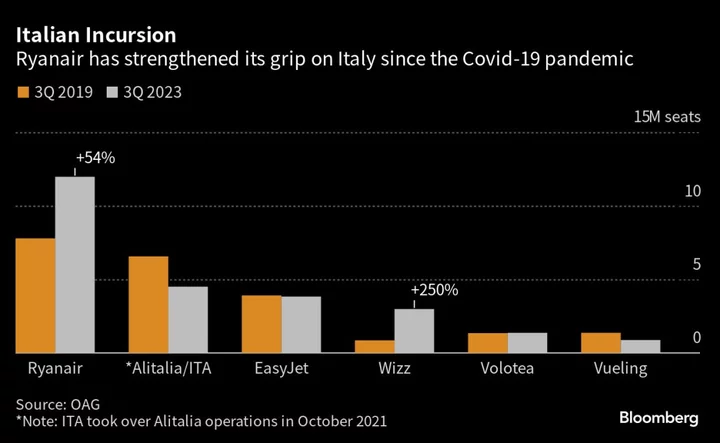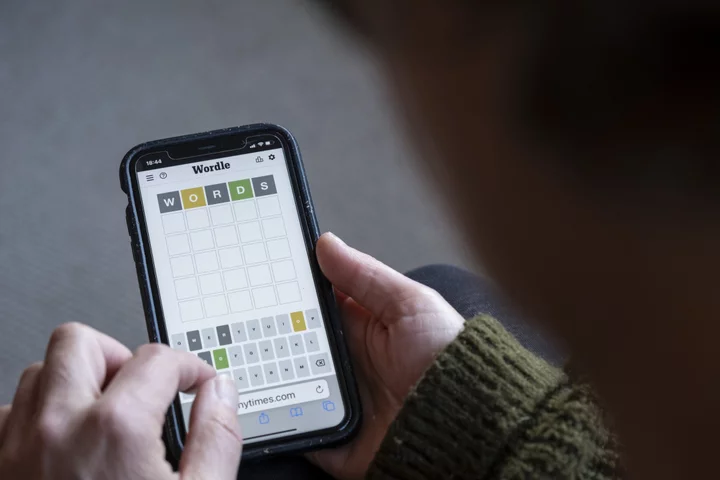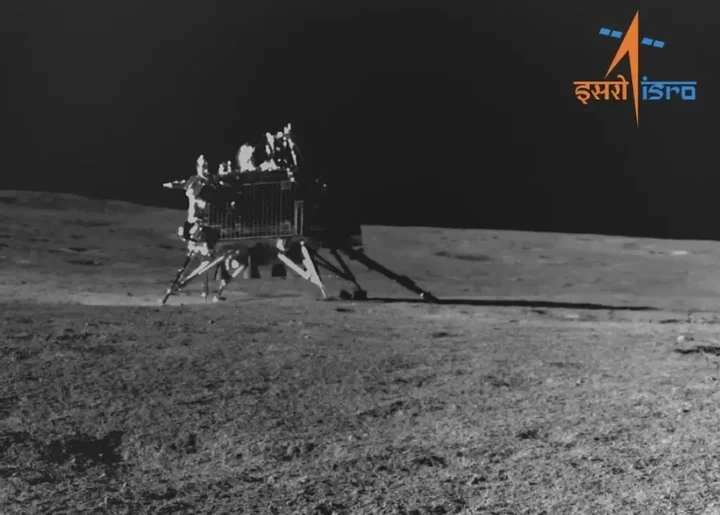Italian Prime Minister Giorgia Meloni’s decree capping ticket prices from Italy’s mainland to the islands of Sicily and Sardinia is just the beginning of a push to reshape an aviation sector hit by price hikes and consolidation.
Meloni’s government is planning formal talks with airlines set for the first few weeks of September, according to people familiar with the matter, as the right-wing leader advances a populist economic agenda ranging from bank taxes to debt reforms.
Industry Minister Adolfo Urso plans to start deliberations with airlines to establish a broader strategy for the national sector, one of the people said.
The government’s decree this month, putting limits on the use of algorithms to set ticket prices, follows a rapid consolidation of the Italian aviation market since the collapse of state-owned Alitalia and a pullback by others during the Covid-19 pandemic.
Ryanair Holdings Plc and Alitalia’s successor, ITA Airways, together make up 53% of the airline market in Italy this year, based on revenue from scheduled flights tracked by consumer group Euromonitor. That’s up from 44% in 2019 for Ryanair and Alitalia, with the Irish discounter rapidly gaining share.
Ticket prices to the islands, popular getaways for Italians and foreign visitors alike, rose dramatically in the months before Meloni’s decree. A one-way economy flight between Rome’s Fiumicino airport and Cagliari in Sardinia averaged $99 in May, up from $46 a year earlier, based on data from analytics firm Cirium. Prices from Milan Malpensa to Cagliari, and from Rome to Catania in Sicily jumped 50% or more.
Questions like the ones being asked by Meloni’s government will crop up “more and more frequently” as inflation remains high, markets consolidate and consumers absorb the cost of the switch to more-sustainable flying, said Caroline Bremner, senior head of travel research at Euromonitor.
Governments have become more sensitive to pressures on consumers in light of a cost-of-living crisis that has driven up prices across the board, and are weighing the negative aspects of tourism against local needs, Bremner said.
“At the end of the day, travel and tourism must benefit the local communities and the residents,” Bremner said.
Meloni, who took office last October, has stepped up her economic agenda. The airline decree bars carriers from raising prices to the two islands beyond 200% above the average price of those routes. It was part of a package that included a windfall tax on bank profits and a measure allowing the government to block technology transfers.
The government is also working on a plan to allow small businesses and individuals to repay only a fraction of bad loans, Bloomberg reported last week.
The escalating fares seen in Italy mirror hikes that have also galvanized other European governments to push back against an increase in airline fees on items such as carry-on baggage and seat selection.
The UK’s Department for Business and Trade is investigating what it calls hidden fees after Prime Minister Rishi Sunak lashed out at the charges in June, an agency spokesperson said. Spain’s Ministry of Consumption this month began examining fees at low-cost carriers such as Ryanair, Vueling Airlines SA, EasyJet Plc and Volotea SL.
Ryanair and ITA are the dominant players on services between the biggest airports in Sicily and Sardinia and Italy’s two largest cities, Rome and Milan, according to OAG, which tracks trends in aviation.
Dublin-based Ryanair stormed into the void left by Alitalia’s collapse in 2021 and a pullback by other carriers during the pandemic. It controls one-third of airline capacity in Italy, up from 22% in 2019, based on OAG data. Rival Wizz Air Holdings Plc has also carved out more share.
ITA, while smaller than Alitalia was, remains a major player in Italy. The government agreed in May to sell an initial 41% stake in the carrier to Deutsche Lufthansa AG.
Pricing information from Cirium and and market-share data from OAG show a correlation between bigger fare increases and a lack of competition on routes to Sicily and Sardinia.
Ryanair and ITA are the only two carriers providing commercial service between Rome and Catania, for example. (Ryanair uses Rome’s Ciampino for service to Cagliari.) A more-competitive route from Milan to Catania showed just a 6% increase.
While Italian officials say its curbs are meant to ensure affordable access to the islands, airlines have condemned the action, with Ryanair calling it illegal.
The measure will unintentionally reduce capacity and winter connections to the islands while raising prices, according to Eddie Wilson, the CEO of Ryanair’s main unit. The company declined to comment beyond a statement issued earlier this month.
ITA has already begun informal meetings with the government and may propose changes to the decree as it goes through a 60-day parliamentary process that could lead to it becoming a permanent law, according to a person close to the airline who asked not to be named discussing confidential negotiations.
Among solutions informally suggested by ITA and other airlines are reduced tariffs for some passengers, including low-income citizens, backed by a state-funded contribution, the person said.
Representatives for ITA and the Italian industry ministry declined to comment.
The European Commission has contacted Italian authorities seeking more detailed information on Meloni’s air-fare decree.
--With assistance from Siddharth Philip.
Author: Alberto Brambilla, Kate Duffy and Anthony Palazzo









